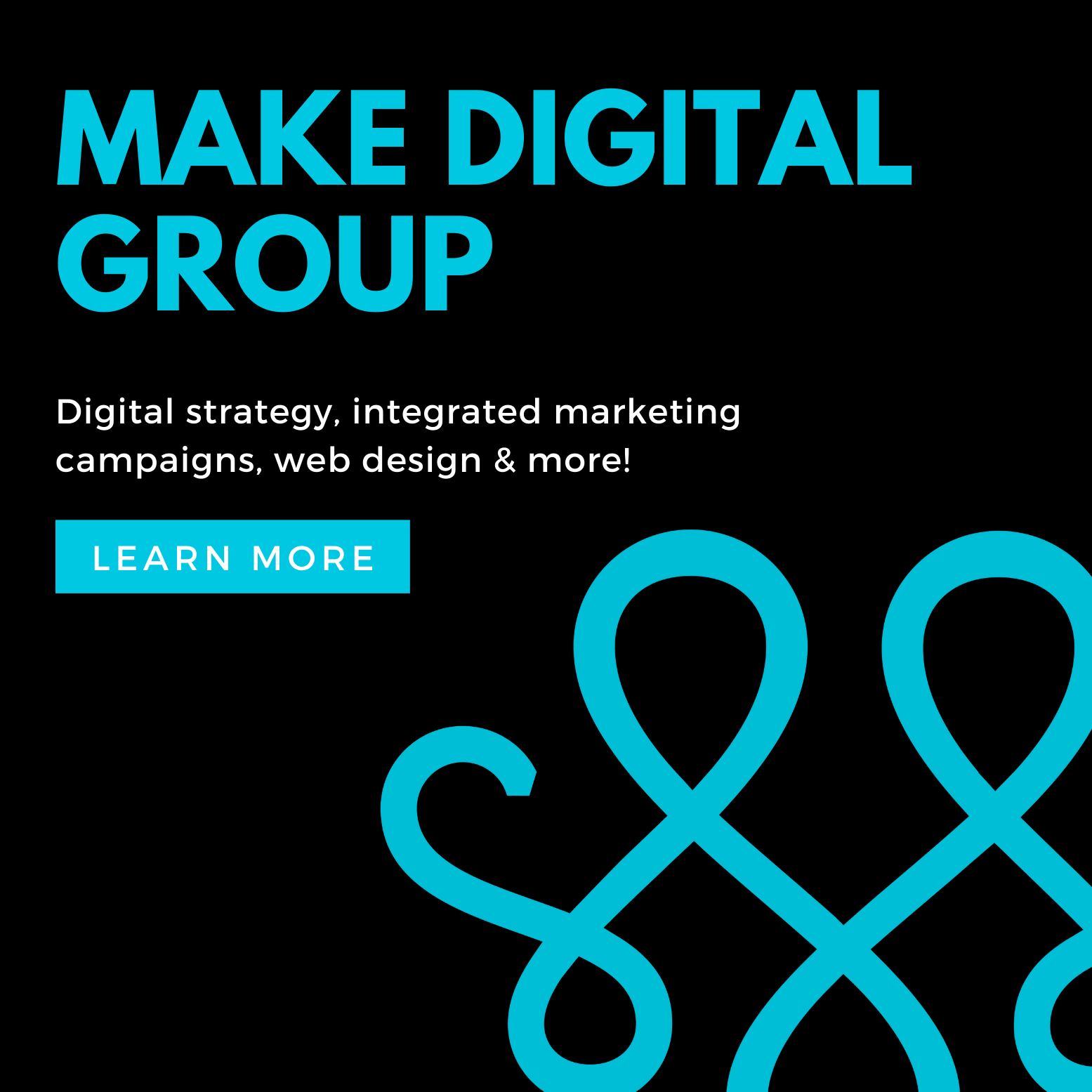The four possible outcomes of your sales pitch.
When introducing a new product or service, the key word is to “nurture” your prospect or client. In fact, the three most important words in professional selling are nurture, nurture, nurture.
Most salespeople feel pressure to push, prod, convince and cajole their prospects into buying a new product or service, particularly if there is a lot of pressure from the boss to increase sales for this new product.
In essence, the salespeople transfer their pressure to the prospect. The prospect attempts to transfer it back through objections, criticism, not returning phone calls, etc.
The good news is there’s a better way to sell.
4 Types of Client Responses
The first order of business is to determine if potential customers plan to buy your new product or service at all. There are four possible outcomes to this question. They are:
- Yes
- No
- Think It Over
- Clear Future
Of the above three, the only one that isn’t good for you or the prospect is the “think it over.” Let’s talk about all four independently.
“Yes” means the client is signing the agreement, money is transferring hands, and the check clears.
“No” means you are both clear and you are not going to be doing business together. Of course, “no” doesn’t mean forever, but it does mean for a period of time. This allows you and the prospect to redirect your time toward something more meaningful.
We do a lot of work with sales professionals to help them become more comfortable with the word “no.” It is rarely personal, and it’s clear. “No” is actually our friend. What is not our friend is the “think it over.”
A “think it over” is someone who is neutral at best and can’t seem to “pull the trigger” (yes or no) for whatever reason. More often than not, a “think it over” is a “no” wrapped in sheep’s clothing. Because the sales professional is uncomfortable with no, the ultimate outcome lingers on.
A clear future is when both you and the prospect agree something needs to happen before you can work with each other. But once this takes place, the game is on.
Embracing a Clear Future
For example, let’s pretend you sell a piece of equipment that sorts paper products once they are cut. In the process of talking to the prospect, you discover the machine that cuts the product is causing part of the sorting problem. You both agree that it doesn’t make sense for the client to buy your new sorting machine until they fix or replace the cutting machine. This is a clear future.
In the meantime, you can nurture the prospect and lay the groundwork for when they’re finally ready to buy. Now you and the prospect are working on things together in harmony, rather than independently and in many cases against each other.
We owe it to our prospects and clients to let them know about new products and services we offer that might benefit them. The worst thing they can say is is “no,” which means we and they are no worse off than before we asked.
If we don’t let them know about these new products and services, we are “robbing” them of the ability to potentially get the help they need.

